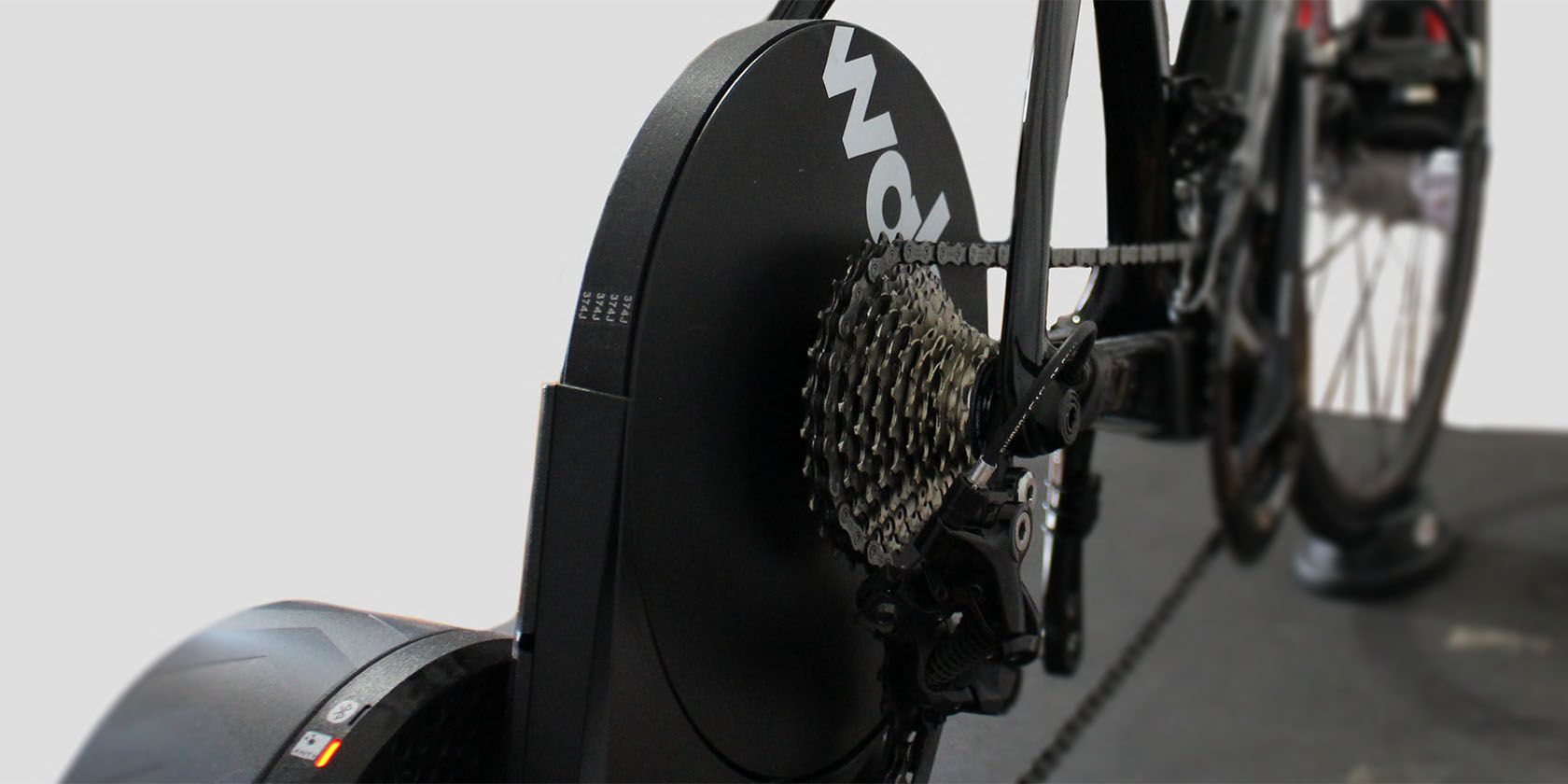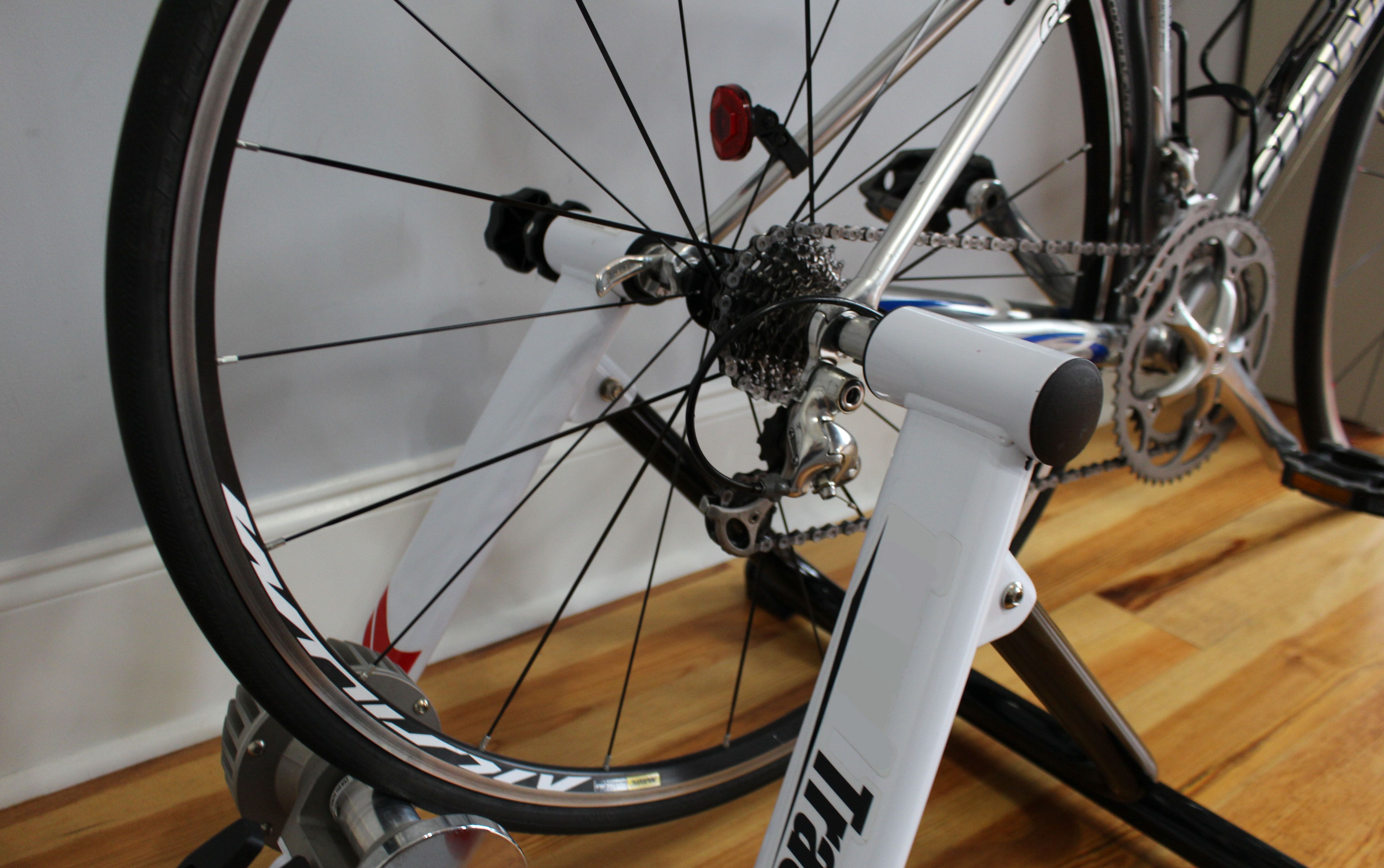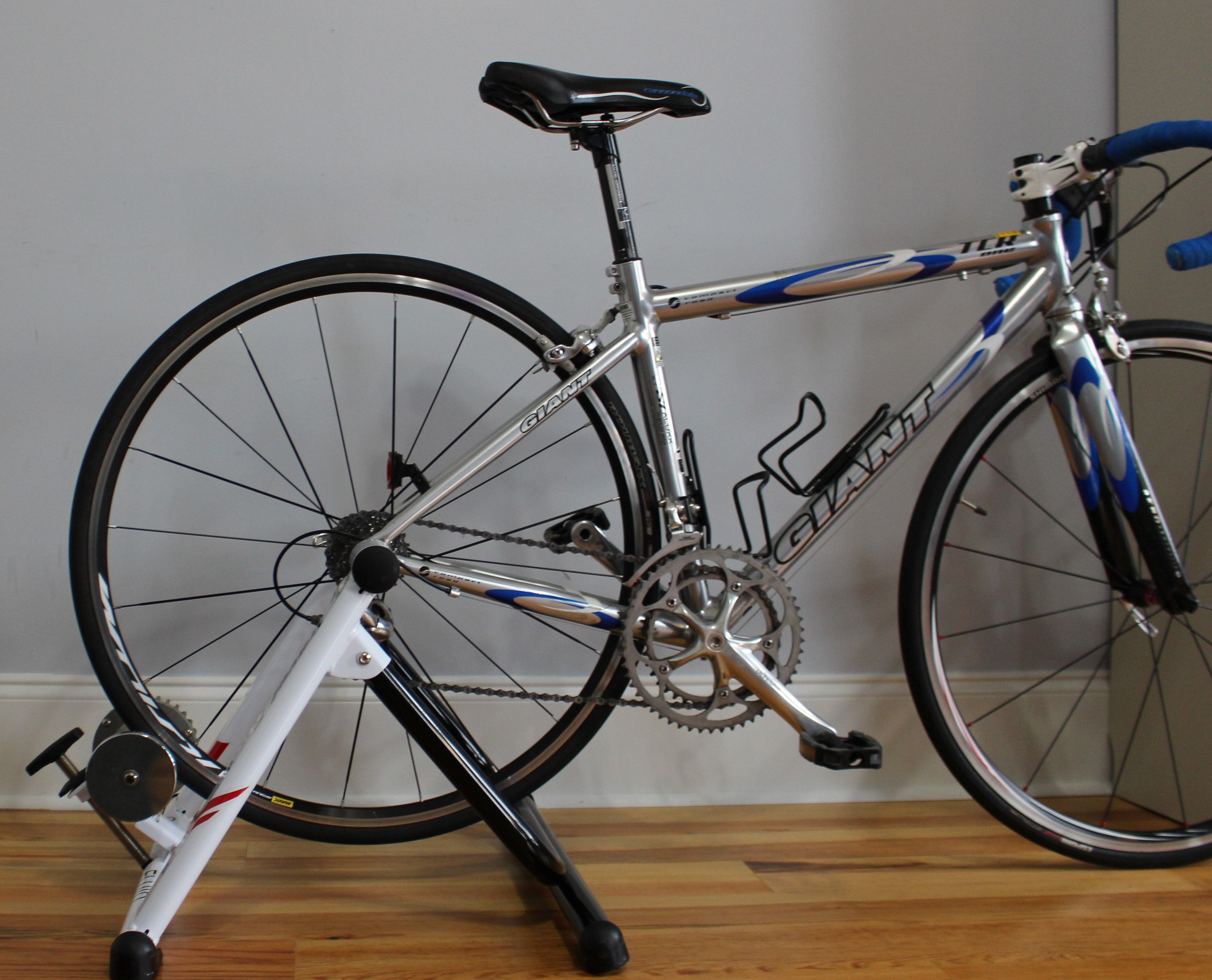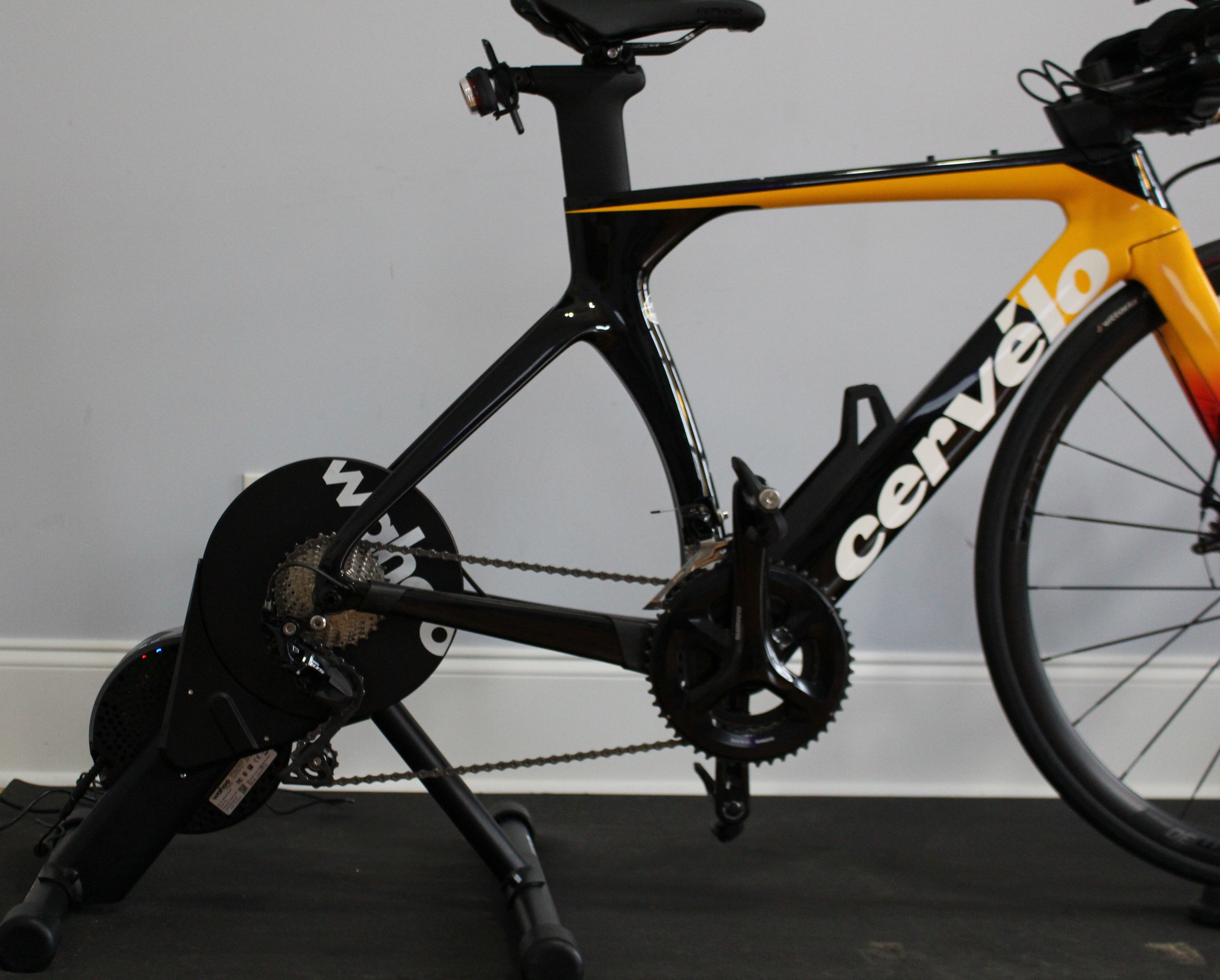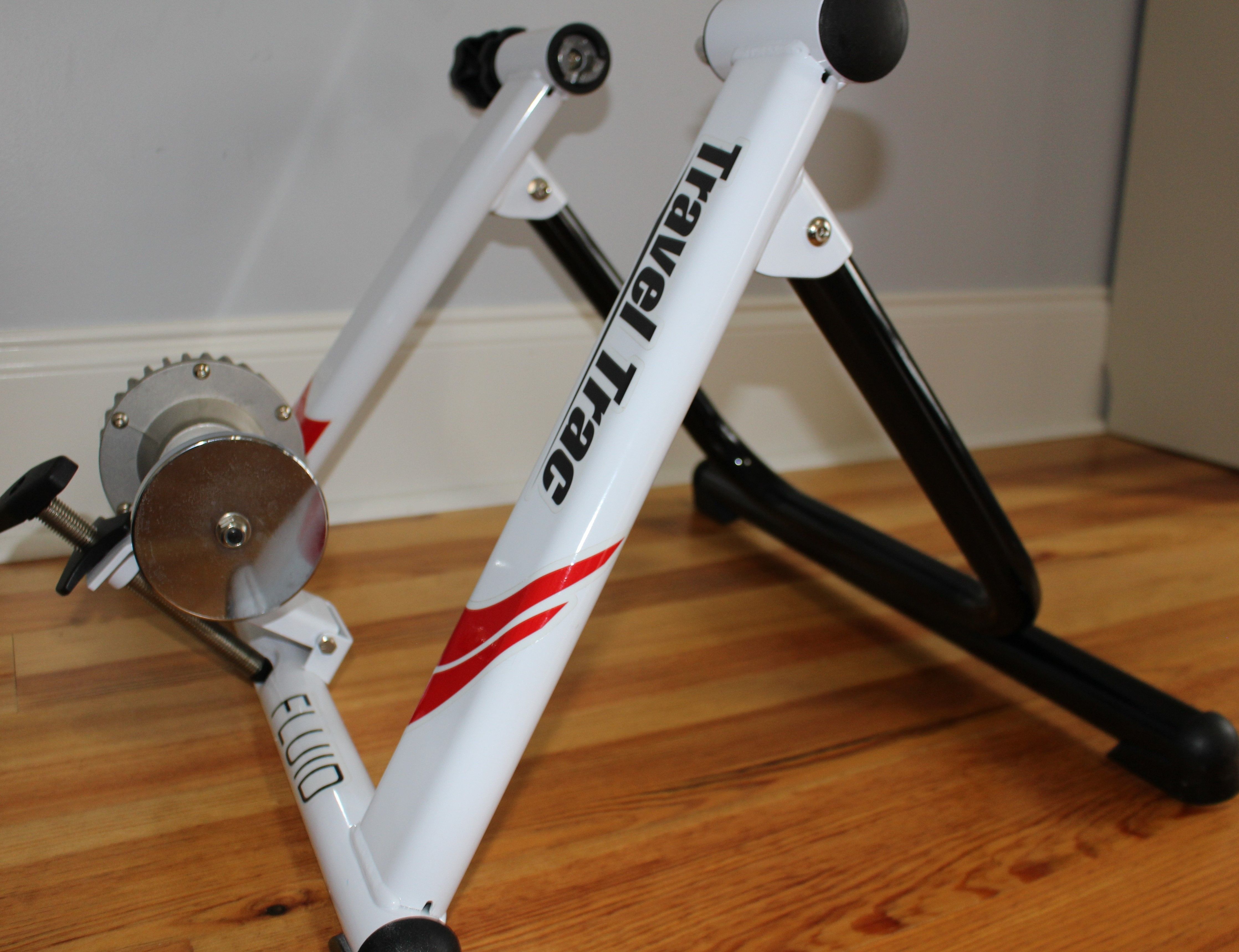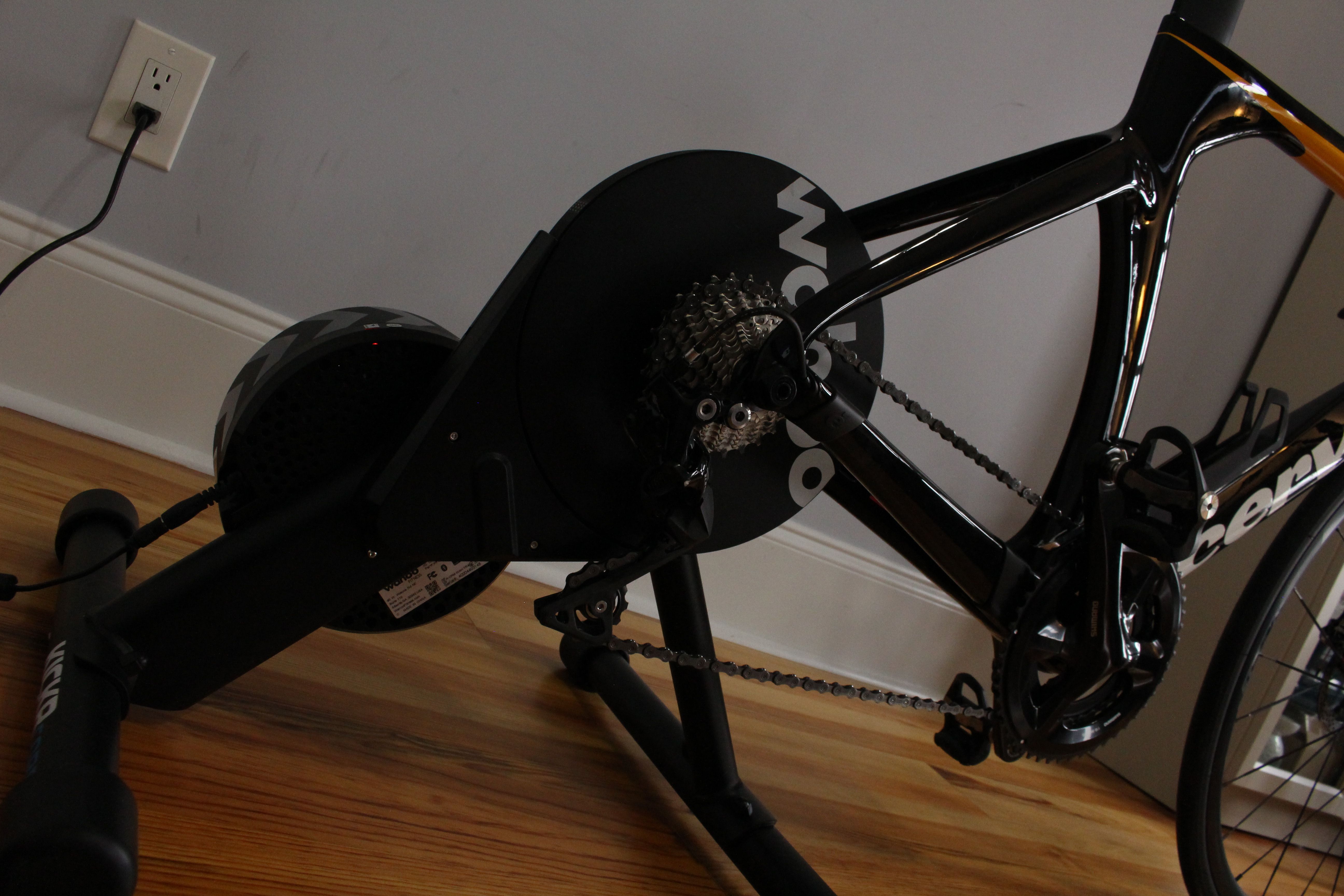Bicycle trainers have long been favored by anybody who wants to work out on a bike indoors. However, there's a wide range of options available, including both smart and traditional trainers.
What makes smart trainers "smart," exactly, and how are they different from traditional resistance trainers? Here's how to determine the best trainer for you based on its features and your goals as a cyclist.
How Classic Bike Trainers Work
Beloved by cyclists for decades, most classic trainers hold the bike stationary while you pedal against resistance applied to the rear tire. This friction gives the rider a chance to train on their own bike indoors at any time, making these devices valuable training tools.
The resistance can be provided by fluid-filled chambers, magnetic resistance on the flywheel, or even a fan. The best type of classic trainer for each rider depends on personal choice. For instance, magnetic trainers are typically much noisier than their fluid-filled counterparts.
Direct-drive classic trainers are also available; these connect directly to your bike's rear dropout. This can save wear and tear on your rear tire because it's not rubbing against a surface.
Many classic trainers are purely mechanical devices, although some have smart features. For example, you can transform the Tuno Power Fluid Pack into a smart trainer using an adapter. These types of adaptations are blurring the lines between classic and smart trainers.
How Much Do Classic Trainers Cost?
For the most part, classic trainers are less expensive than smart trainers—sometimes substantially so. Although the exact price varies by make and model, fluid or mag trainers can usually be found for $100 to $200, with many options available for less than $100.
And because plenty of these trainers are built like a tank, it's worth checking out the used market as well. A secondhand classic trainer can serve you well for many more indoor miles.
How Smart Trainers Work
Smart trainers operate by providing electronic resistance to the rider. They generally need to be plugged in and connected to Wi-Fi, Bluetooth, and/or ANT+ to operate most effectively.
ANT+ is a wireless protocol that allows devices to talk to one another. For indoor cyclists, ANT+ can read signals from several devices at the same time, such as your smart trainer, power meter, and heart rate monitor.
In general, smart trainers generate resistance with a flywheel, magnetic force, or motorized resistance, depending on the model.
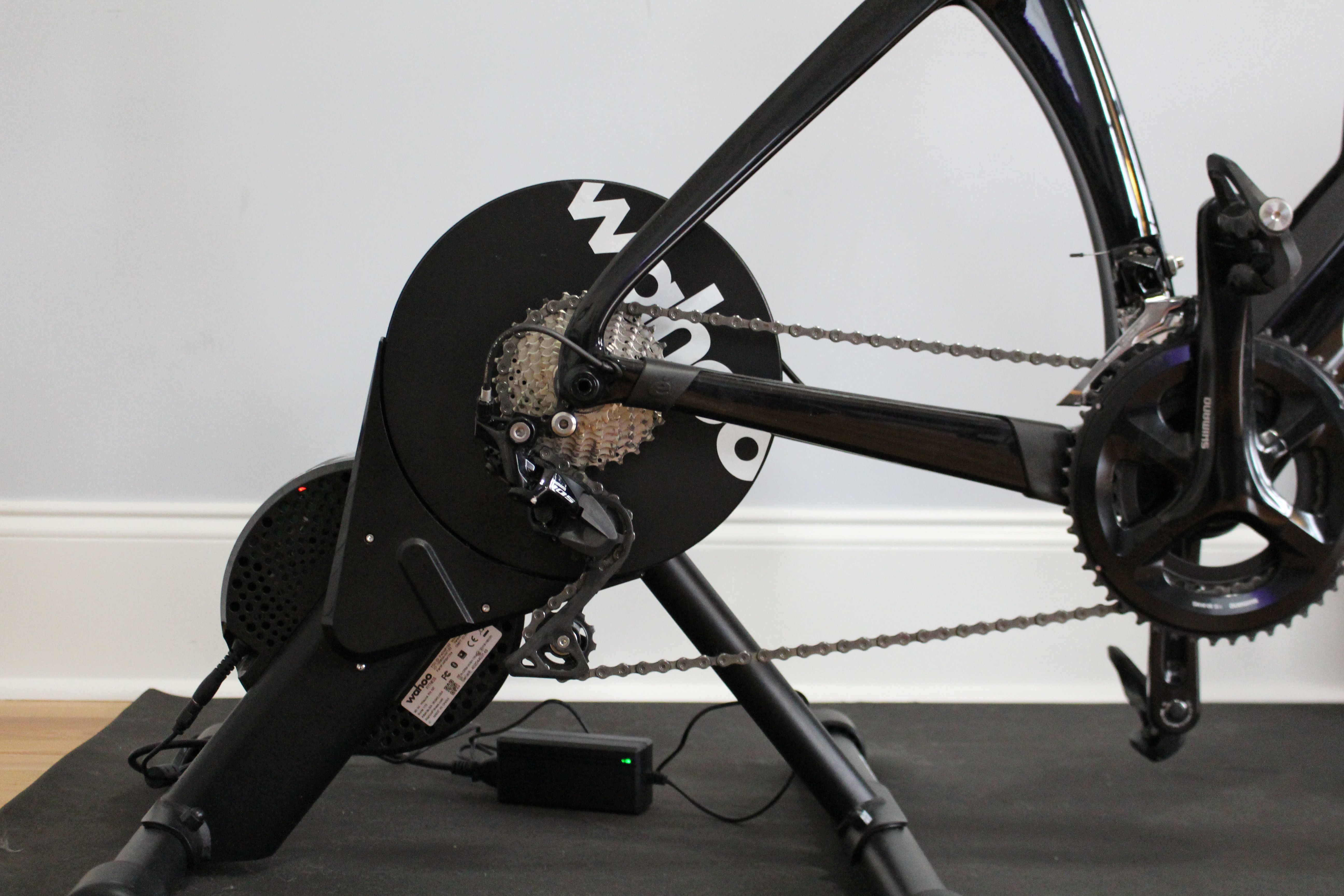
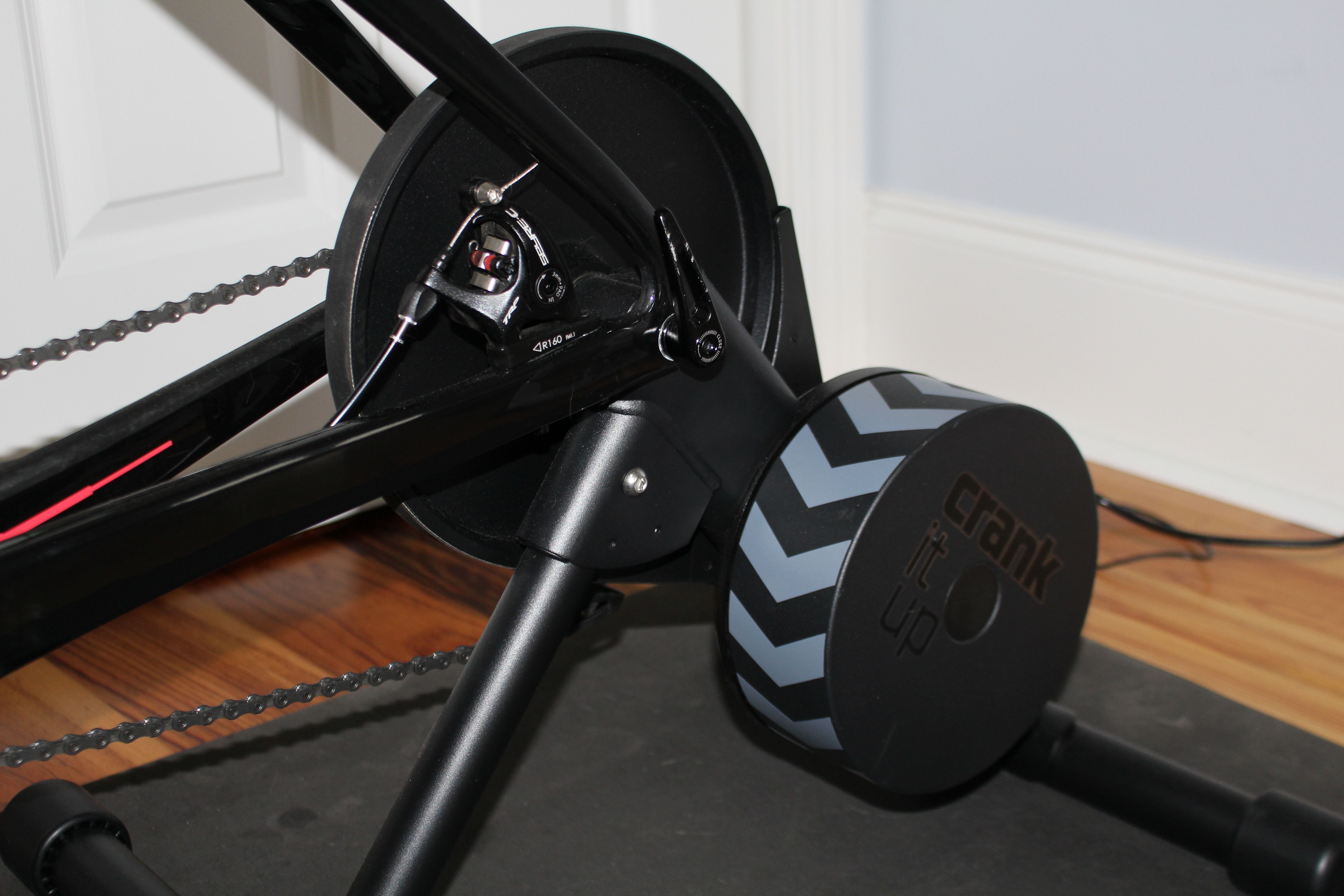
Some models, such as the Tacx Neo 2T, use magnets to create a virtual flywheel. Regardless of how it generates resistance, the goal of each setup is to mimic the feel of an outdoor ride as accurately as possible.
You can purchase smart trainers in both wheel-on and direct-drive formats.
Benefits of Working With a Smart Trainer
Because smart trainers are all about connection, they can adjust resistance and make indoor training rides much more interactive. In other words, you’ll feel the difference between every flat and hill portion in Zwift and other training programs. Some programs can even mimic the effects of wind or make pedaling easier if you're drafting behind other riders.
Smart trainers can also measure your speed, power output, and nearly every other metric that cyclists love to know. If you're following a training plan that requires a particular distance or wattage output from your indoor rides, a smart trainer will provide those metrics with ease.
The Wahoo Fitness app, for instance, displays all this information (and more) during and after every ride.
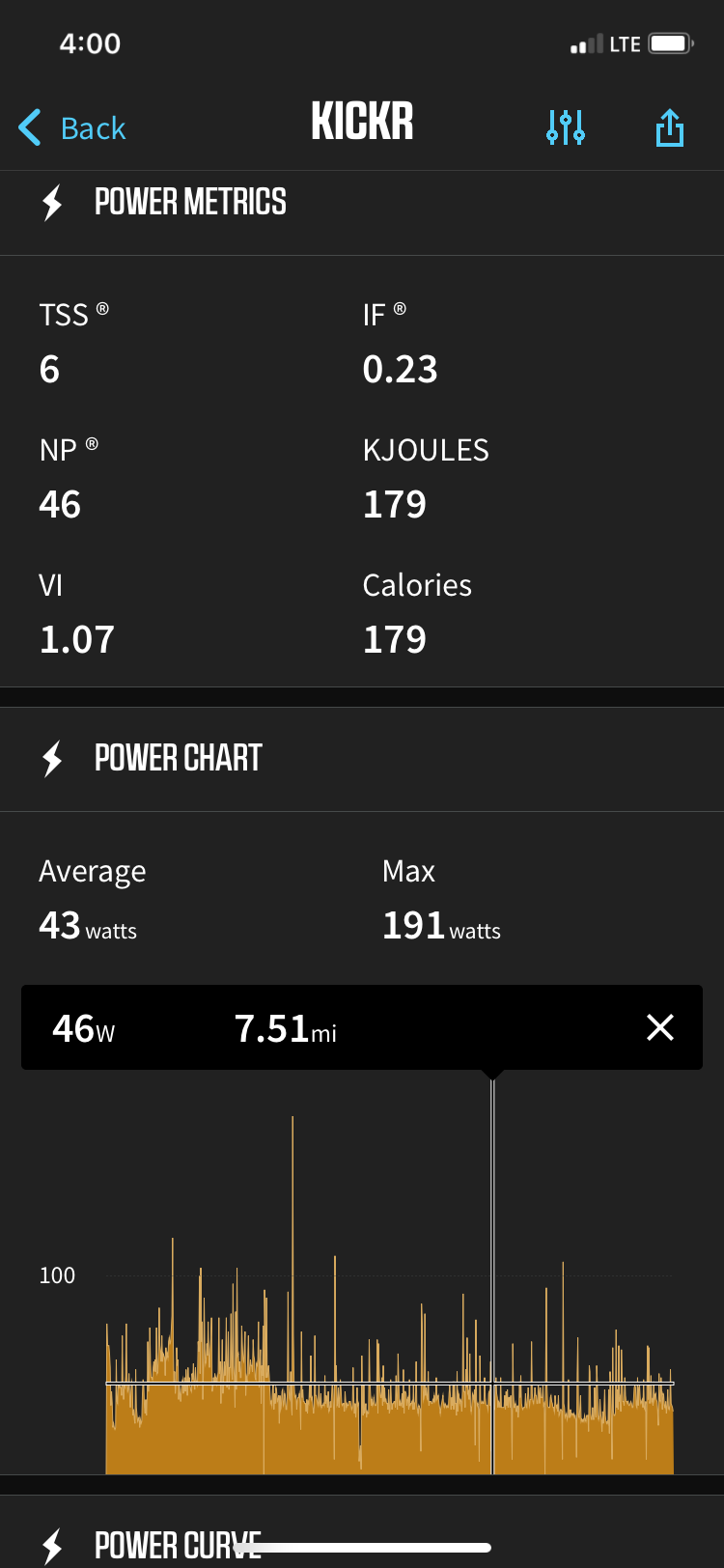
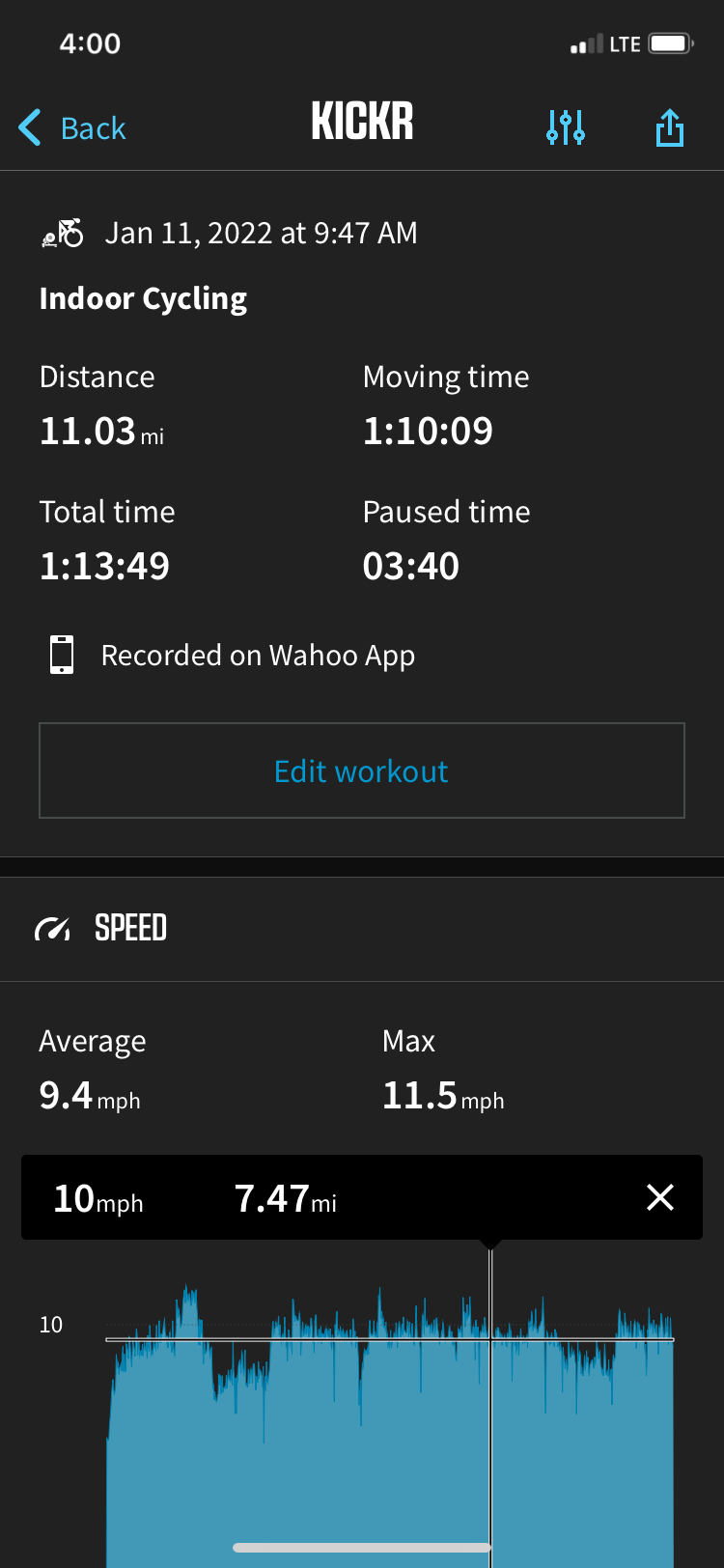
Lastly, smart trainers can usually pair up with bike tech you already have on hand, whether that's a heart rate monitor or a training watch. This makes it easier to integrate workout data from the trainer into the programs you already use.
Download: Wahoo Fitness for Android | iOS
Connecting Virtual Training Apps to a Smart Trainer
When paired with virtual cycling apps such as Zwift, TrainerRoad, or Fulgaz, smart trainers can take your indoor riding experience to the next level.
Thanks to the speed, cadence, and power sensors on a smart trainer, you can race other riders from around the world in real time. Breaking into a sprint on your trainer will instantly make your avatar zip through the virtual world a bit faster. The interactivity challenges you to become a more competitive athlete—and it's simply a lot of fun.
In addition, many virtual training apps have a strong social aspect. In Zwift, for instance, you can join friends for a ride or race in the app. It's easy to keep chatting and encouraging one another to pedal faster, even when you're miles apart in real life.
While you can use some classic trainers with virtual training apps, they typically do not offer the same level of interaction.
How Much Do Smart Trainers Cost?
Perhaps the biggest deterrent to investing in a smart trainer is its price. Although more affordable options may be on the horizon, you can still expect to spend between $500 and $1,000 on a smart trainer.
Wheel-on smart trainers tend to be slightly less expensive than direct-drive ones. However, direct-drive trainers do save wear and tear on your rear tire, so this could figure into the overall cost, as well.
Which Trainer Should You Get?
If you’re looking for an interactive virtual riding experience that connects to popular fitness apps, then smart trainers should be on your radar. Anyone who is training for a race or simply looking to get faster on their bike will also appreciate the metrics and feedback that a smart trainer provides.
On the other hand, classic trainers are a fantastic option for cyclists who aren't into all the bells and whistles. You still get the option of riding your bike indoors at any time, which is an invaluable way to build up strength and stamina. And a classic trainer can still provide quite the leg workout, as anyone who's hopped on a fluid trainer for more than a few minutes will understand.
Lastly, don't rule out the option of stationary bikes as well. The popular Peloton bikes have a large and dedicated following. There are also plenty of Peloton alternatives that are worth a look as well.
If you aren't set on riding your own bike indoors, then standalone stationary bikes can offer a great indoor workout.
Rev Up Your Cycling Workouts With a Trainer
Whether you opt for a smart trainer or a classic trainer, either variety gives you the option of endless indoor rides. While smart trainers can connect to virtual cycling apps to provide a totally interactive, social experience, classic trainers still offer a great workout option for those rainy day rides.

